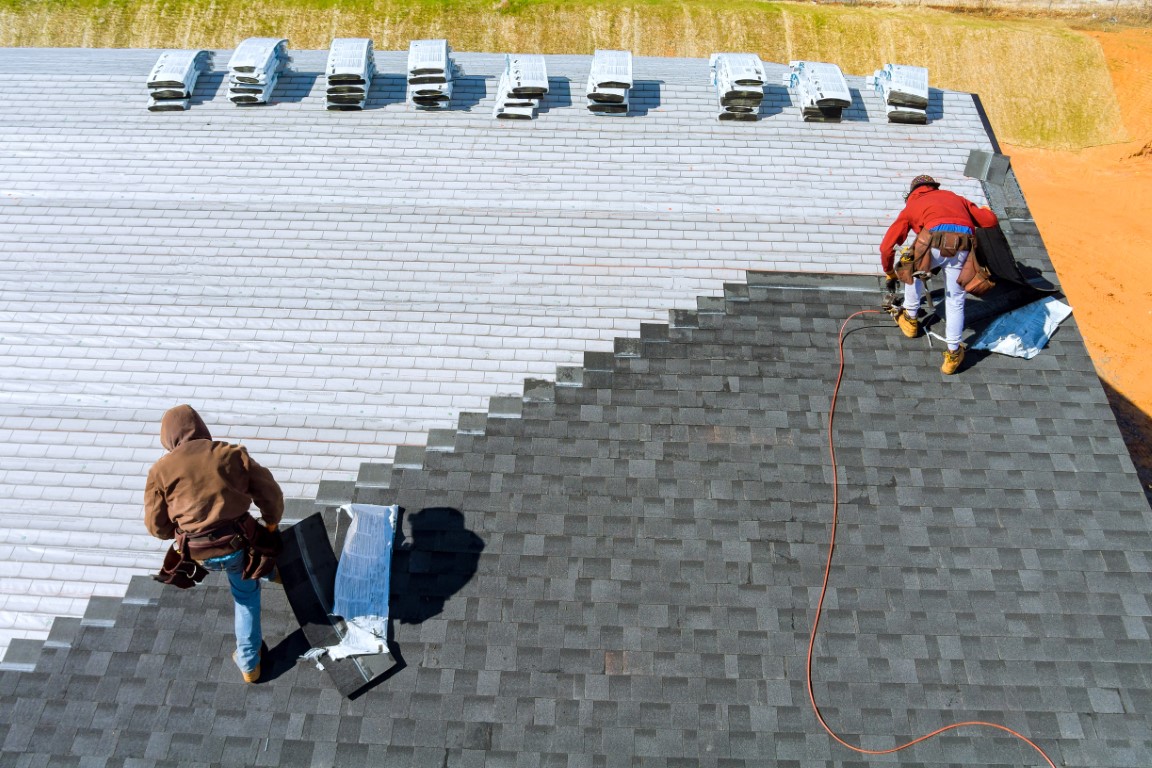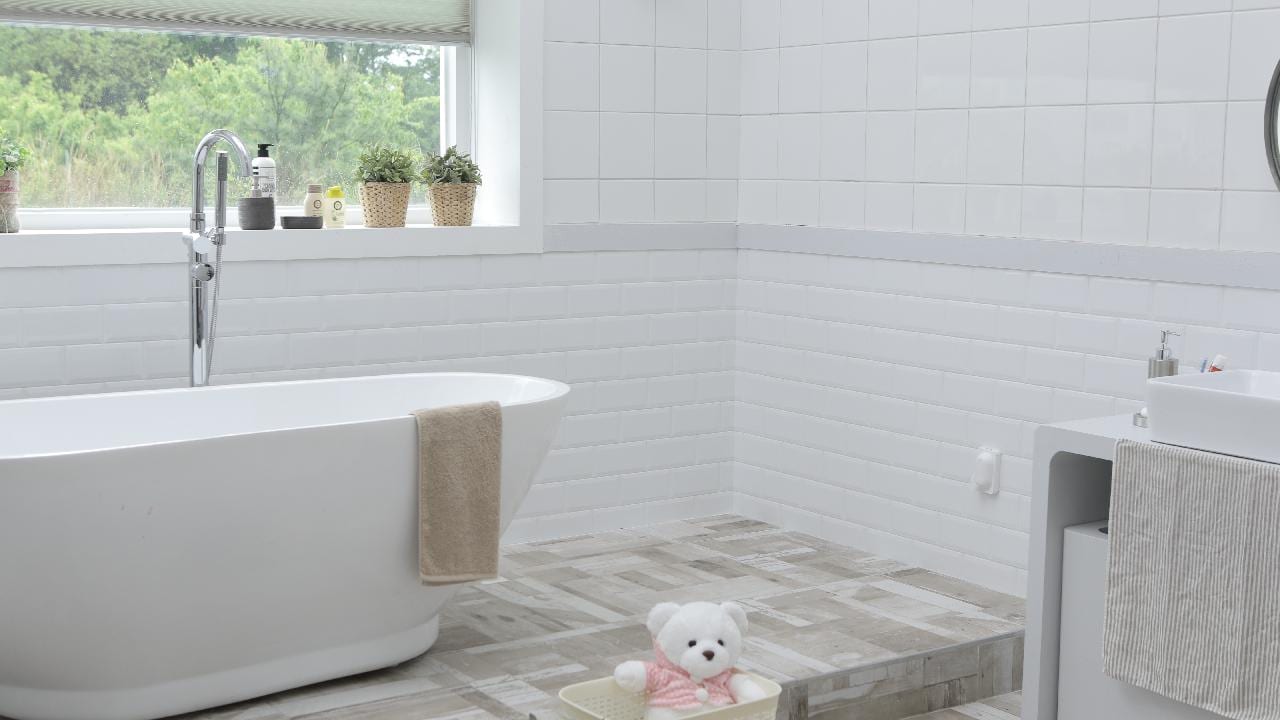Roofing options have improved, primarily driven by new technologies and changing preferences by homeowners. For instance, metal and asphalt roofs took the place of thatch and clay-made roofs. Similarly, these options have now been replaced by solar roofs and smart technologies.
Based on this, the homeowner’s initial quest for better shelter and protection has been replaced by the growing importance of sustainability and climate change issues. Roofing and siding service providers have also had to upgrade their skills. Below is a brief overview of how roofing has changed.
The Era of Traditional Roofing Materials
Most homeowners preferred traditional options because of their availability, durability, and ease of installation. For instance, asphalt roofs are very affordable and available in different colors. Unfortunately, they have a short lifespan compared to most traditional roofing materials.
Clay and concrete tiles are other traditionally used roofing materials. Both options provided a distinctive appearance, were durable, resistant to fire, and could withstand harsh weather conditions. However, clay tiles are quite pricey, while concrete options are heavier and require additional structural support. Metal roofs are also common for the same reasons. Unfortunately, they are costly to install, limiting their usage.
The Rise of Sustainable Alternatives
The introduction of sustainable options stems from combined efforts towards environmental conservation. The desire of homeowners to reduce their carbon footprint is behind the adoption of these alternatives. Sustainable roofing alternatives include:
- Recycled roofing materials: Most roofing manufacturers now use recycled materials like rubber to create weather-resistant tiles.
- Green roofing systems: Also called living roofs, these have growing vegetation. The roofs have endless environmental benefits for homeowners and the environment.
- Solar roofs: Solar roofs offer protection while allowing homeowners to generate electricity from sun rays. Solar systems provide protection, while providing renewable energy that helps homeowners save on energy costs.
The shift towards sustainable roofing solutions shows the growing adoption of eco-friendly building practices. Homeowners and developers contribute towards creating a healthier community by reducing their impact on the environment.
The Future of Roofing Solutions
While modern roofing solutions are exciting, the future of roofing is bright, given the technological advancement in this realm. One fascinating future roofing trend is the smart roofing systems. Integrating smart technologies into roofing systems will change the impact of buildings on the environment.
For instance, smart roofs with sensors and connectivity features can easily monitor changing environmental conditions. This means they can adjust their insulation level, optimize energy usage, and other interesting features.
The introduction of energy-generating roofs isn’t also impossible. Roofing systems of the near future will serve as energy-generating surfaces that can harness wind or solar to power the building. Homeowners should also expect modular and prefabricated roofs. These already assembled roofs will gain popularity primarily because they are easy to install. Advanced roof coatings and climate-adaptive roofs are other interesting future trends.
Endnote
Roofing materials have come a long way. While traditional materials served as reliable options for decades, modern technologies have brought along sustainable roofs that conserve the environment. Similarly, the future of roofing is overly promising, with smart roofs and other technologies possibly redefining how roofs are built.
Discover more from Futurist Architecture
Subscribe to get the latest posts sent to your email.




